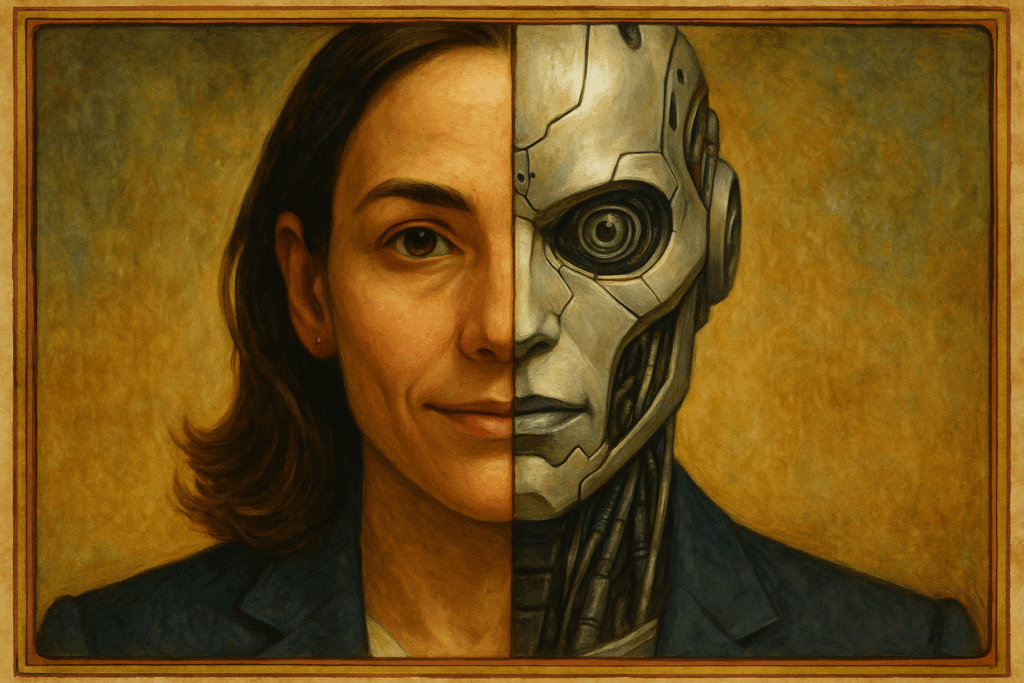
The Next Great Marketing Transformation Won’t Be Technological, It Will Be Emotional.
By Bob Finlayson, Paul Brunato and Jon Maron
For the past decade, marketers have been in a race for more: more data, more automation, more precision, more speed. But as AI continues to take over the mechanics of marketing, something deeper is happening. A shift back to meaning.
Each year at this time, the Bold team sifts through industry analyst reports, scholarly and trade articles, campaign reports from major brands and upstarts, and reams of performance data. Our mission: To identify the trends that will shape marketing in the coming year. To look into our crystal ball, if you will, and predict the future. Here is our report.
Leading With Humanity
In 2026, we expect the brands that lead will be the ones with the clearest sense of why they exist. AI will handle reach. Automation will handle relevance. But only humanity can create resonance.
The decade ahead will test whether marketers can merge intelligence with empathy, scale with meaning, and performance with purpose. Below are ten emerging truths that we believe signal what comes next, and why the future of marketing may be less about mastering algorithms and more about mastering what it means to matter.
The New Consumer Reality: B2C Marketing Trends

1. The End of Infinite Content
The brands that post less will be remembered more.
By mid-2026, consumers will be swimming in AI-generated everything, ads, influencers and videos. The backlash will be quiet but powerful: fatigue and apathy. Marketers will rediscover scarcity as a creative tool. The future belongs to the selectively silent brand that publishes less but says more.
Successful brands will treat every asset like an editorial feature: designed for permanence, not volume. Expect a return to craft. To signature tone. To memorable long-form storytelling that cuts through endless noise.
What to do: Audit content by emotional impact, not clicks. Kill the filler and reframe content as intellectual property, not just output.
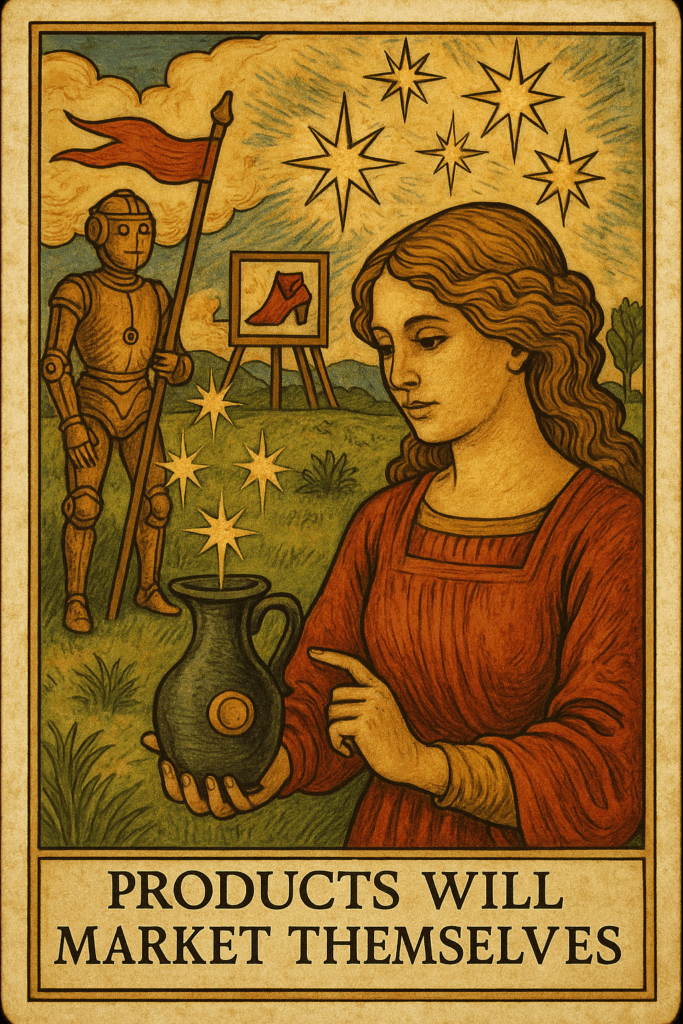
2. Products Will Market Themselves
In 2026, marketing won’t just describe the product, it will live inside it. Packaging, apps and interfaces will become self-aware marketing channels, updating in real time, and personalizing the experience. It’s the next evolution of product-led marketing.
The unboxing becomes the ad. The product tutorial becomes the community. Data becomes dialogue.
The most advanced brands are already fusing UX and storytelling. Think of Tesla’s Easter eggs or Nike’s adaptive app ecosystems. The frontier is the product as medium: each interaction reinforces brand meaning.
What to do: Bring product, marketing and experience design under one roof. Your product isn’t a prop; it’s your loudest spokesperson.
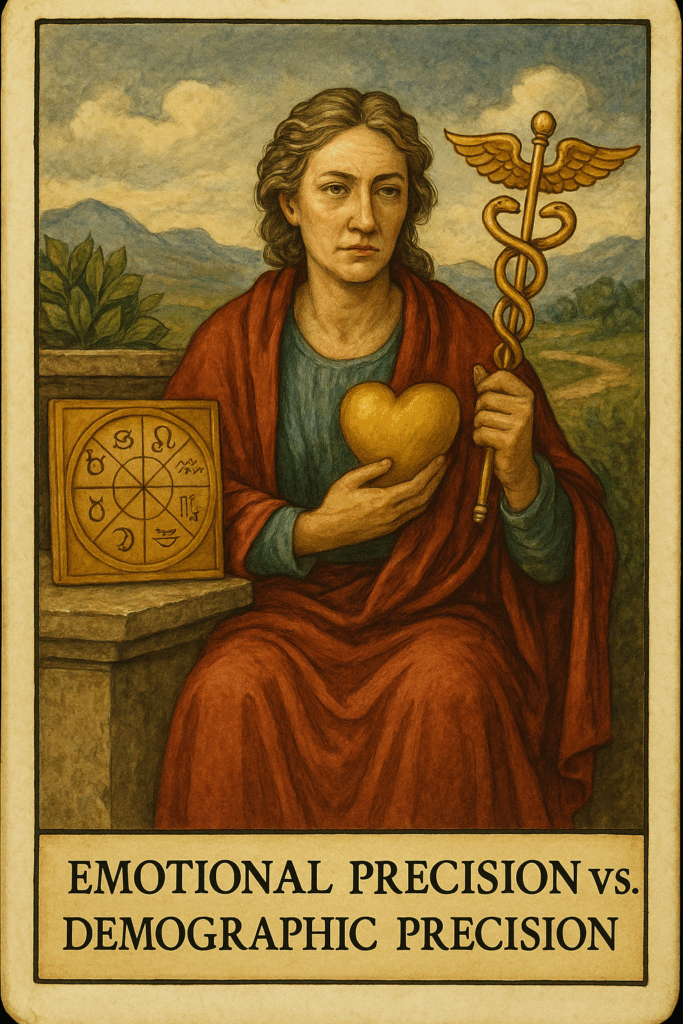
3. Emotional Precision vs. Demographic Precision
Targeting by age or income is obsolete. The next era is emotional targeting, identifying intent, tension and mood in real-time. AI can already detect emotional states in voice, text and video. The challenge will be using that data with empathy, not manipulation.
Instead of selling to “35-to-45-year-old professionals,” brands will reach “people who feel overlooked today.” Emotional accuracy will outperform behavioral prediction. Product relevance plus emotional relevance is the winning combination.
What to do: Build emotional intelligence into your data models. Treat empathy as a metric, not a buzzword.
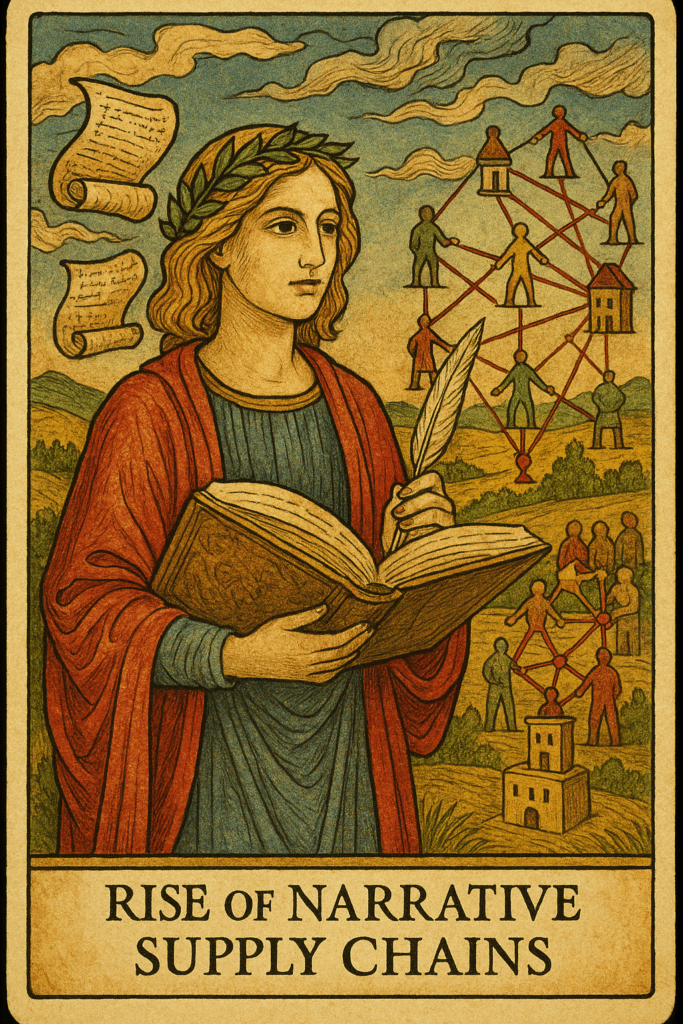
4. The Rise of Narrative Supply Chains
Just as manufacturers trace materials, brands will trace their stories. In an age of misinformation and deepfakes, provenance becomes power. Consumers will ask, “Who made this message? What data backs it up? Can I verify it?”
Story transparency will become a brand differentiator. Expect the rise of verifiable storytelling, with brands embedding blockchain-style authentication or visible content trails.
What to do: Build a “story provenance map” that shows where your narratives come from: internal data, customer insights and verified sources. And make it visible.
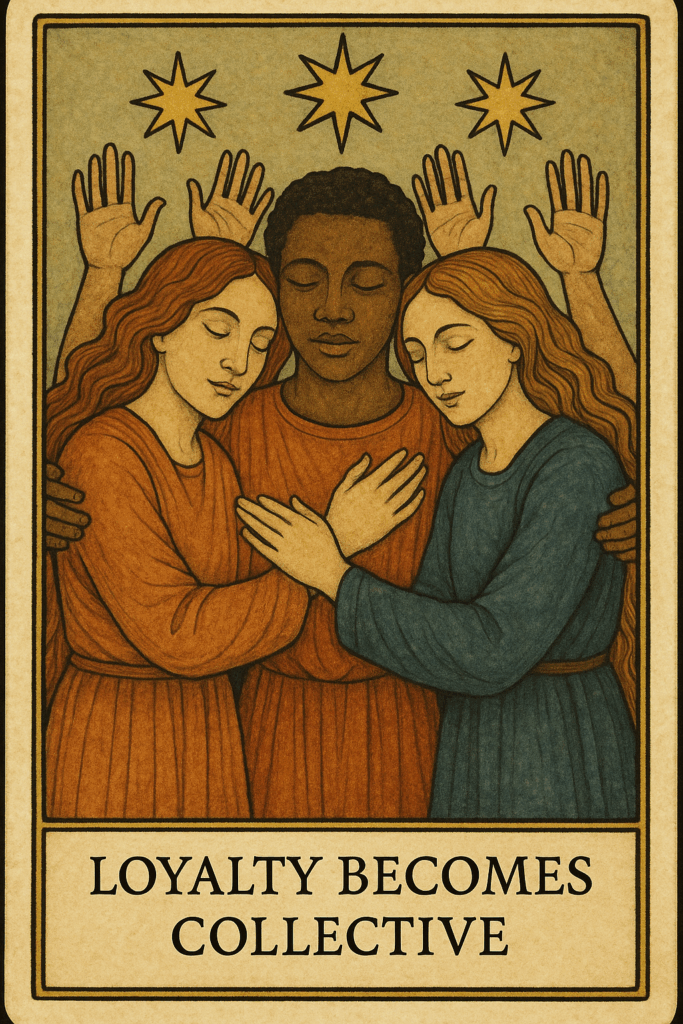
5. Loyalty Becomes Collective, Not Personal
Traditional loyalty programs are dying. Consumers no longer crave points; they crave participation. The most powerful communities in 2026 will be built on contribution, not consumption.
A fitness brand will reward participation in community challenges. A streaming platform might celebrate fans who remix or expand its stories. Loyalty becomes belonging, and belonging becomes brand equity.
What to do: Shift from “memberships” to “movements.” Make your customers collaborators in your story, not passengers on your marketing journey.
The B2B Reformation

6. Marketing Moves From Funnel to Forum
The best B2B marketing in 2026 won’t look like campaigns. It will look like conversations. Buyers want more than thought leadership; they want a place to think with you.
Brands that host genuine discourse, such as live discussions, micro-communities and AI-curated debate hubs, will replace static lead magnets. Influence will accrue to those who moderate, not just publish.
What to do: Replace gated PDFs with public dialogue. Turn your brand from a teacher into a host.
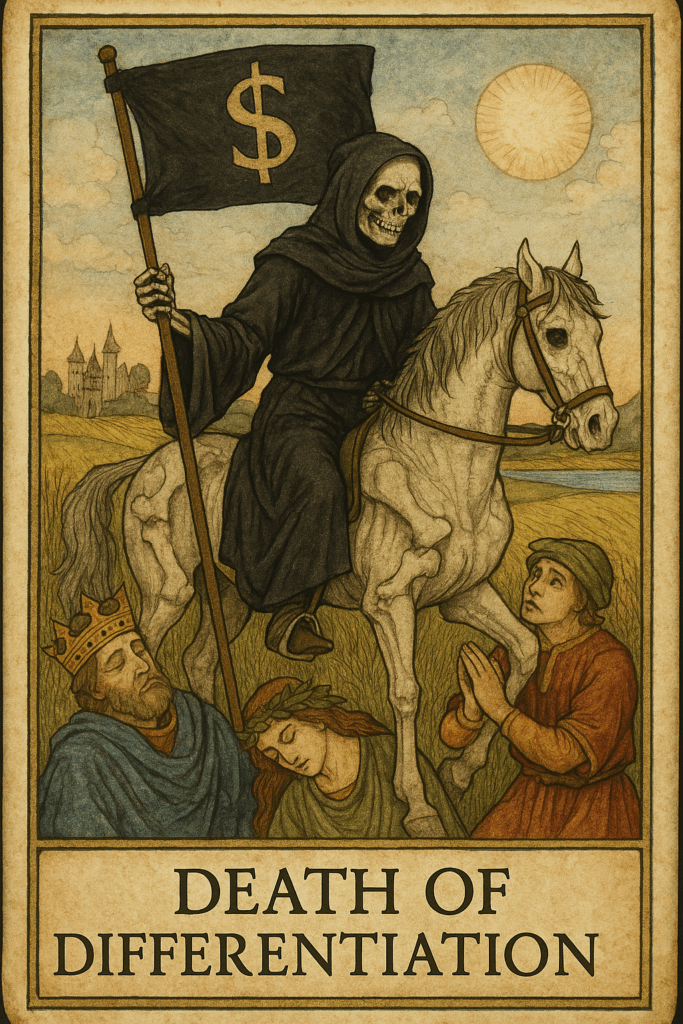
7. The Death of Differentiation
When every company can generate strategy decks, ad copy and brand assets at the speed of a prompt, sameness will spread like wildfire. Capabilities won’t differentiate; interpretation will.
The brands that win will be those that infuse judgment, taste and opinion into what machines produce. In an age of infinite capability, point of view becomes the last true differentiator.
What to do: Define your aesthetic and what you stand for. Know what your brand will never say, not just what it can.

8. From ESG to Riskable Trust
The ESG (Environmental, Social and Governance) acronym is fading, but its DNA is mutating. In 2026, the new procurement filter isn’t values, it’s vulnerability. Buyers are asking harder questions: Can this partner’s data practices expose us to risk? Could their AI models compromise IP or compliance?
This isn’t virtue signaling; it’s operational defense. The next great trust advantage will belong to brands that can prove – not just promise – integrity.
The next corporate virtue isn’t virtue. It’s verifiability.
What to do: Treat transparency as insurance. Publish your AI audit logs, governance frameworks and security policies as proudly as you once published CSR reports.
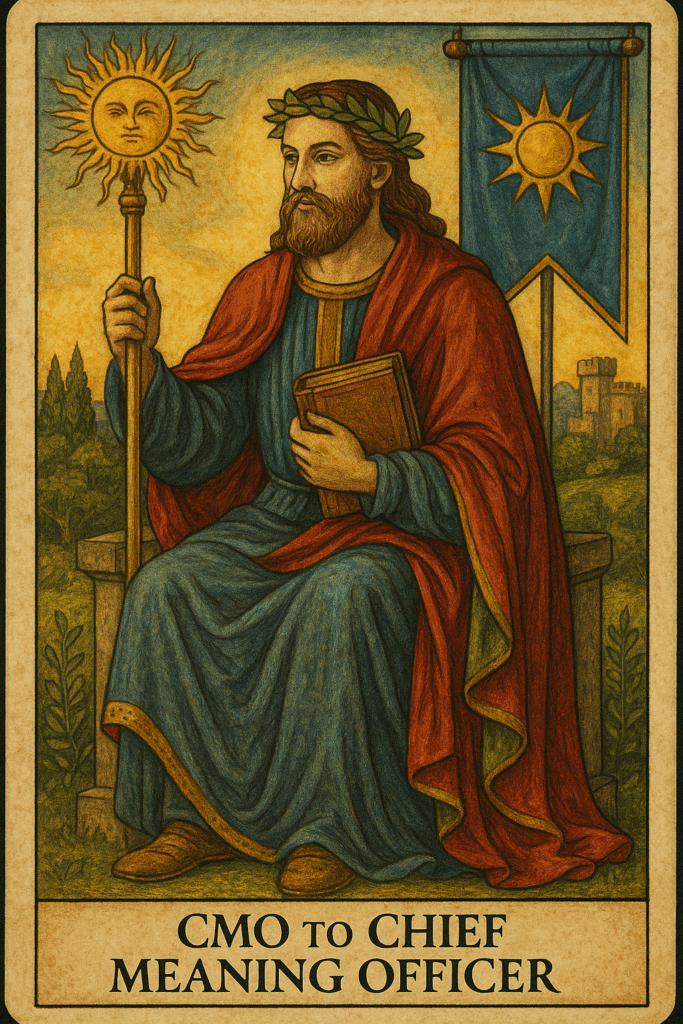
9. The CMO Becomes the Chief Meaning Officer
As AI agents automate execution, the CMO’s mission will shift from management to meaning. Marketing leaders will design systems where machines handle operations and humans handle significance.
The modern CMO must understand AI as infrastructure, an ecosystem of creative agents, analytics and automation that frees people to focus on story, emotion and purpose. They must become architects of hybrid intelligence.
The CMO who understands AI as infrastructure, and story as strategy, will own the decade.
What to do: Build a dual-stack org: machines for execution, humans for expression. Measure not only efficiency, but coherence and cultural impact.
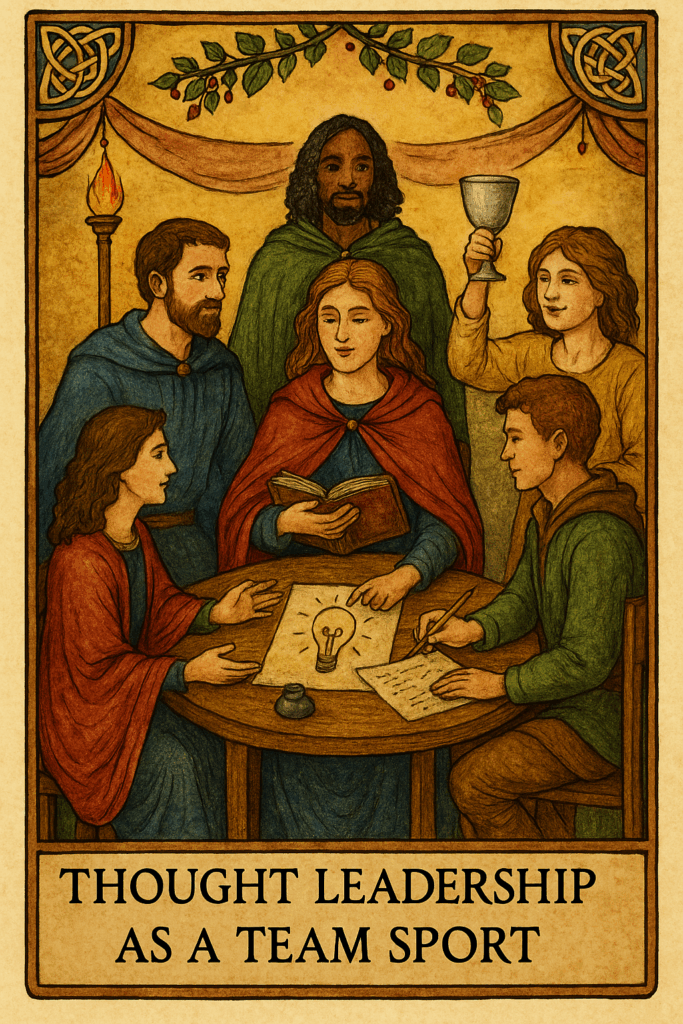
10. Thought Leadership Becomes a Team Sport
No single voice can represent a company’s expertise anymore. In 2026, thought leadership will decentralize. Employees, partners and even customers will co-create the brand’s intellectual footprint.
Smart organizations will nurture internal idea networks, AI-assisted platforms where staff publish, debate and iterate ideas before releasing them publicly. Every employee becomes a signal amplifier.
What to do: Equip your people to publish. Build internal systems that make thought leadership a collective habit, not a solo act.
The Uncomfortable Truth
AI will likely eliminate lots of marketing jobs over the next 10 years. But the fastest road to redundancy is complacency.
Marketers who treat AI as a shortcut will drown in the noise; those who use it as a mirror will define the next decade. Marketing in 2026 isn’t about mastering tools. It’s about mastering the questions that tools can’t answer.
The most important of them all: What does it mean to matter?
What To Do Next
Based on our research, we conclude that 2026 will be a year of not evolutionary, but revolutionary change for marketers and brands alike. The type of change that will require retooling of marketing campaigns, programs and teams. We recommend marketing leaders begin developing plans for this change now so they will be ready for the new year.
If you need help developing or updating your 2026 plans, we can help. Contact us for a free consultation.
